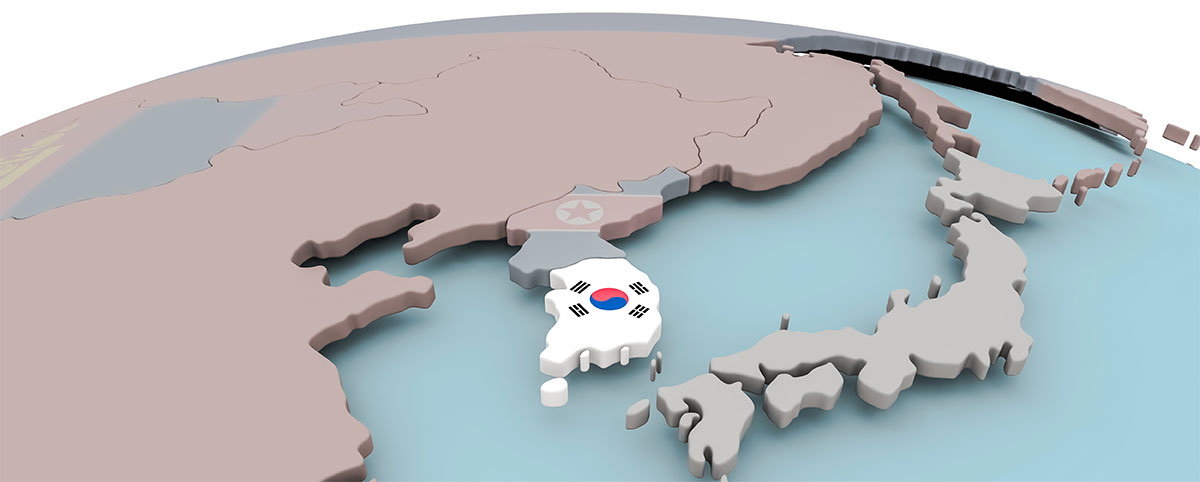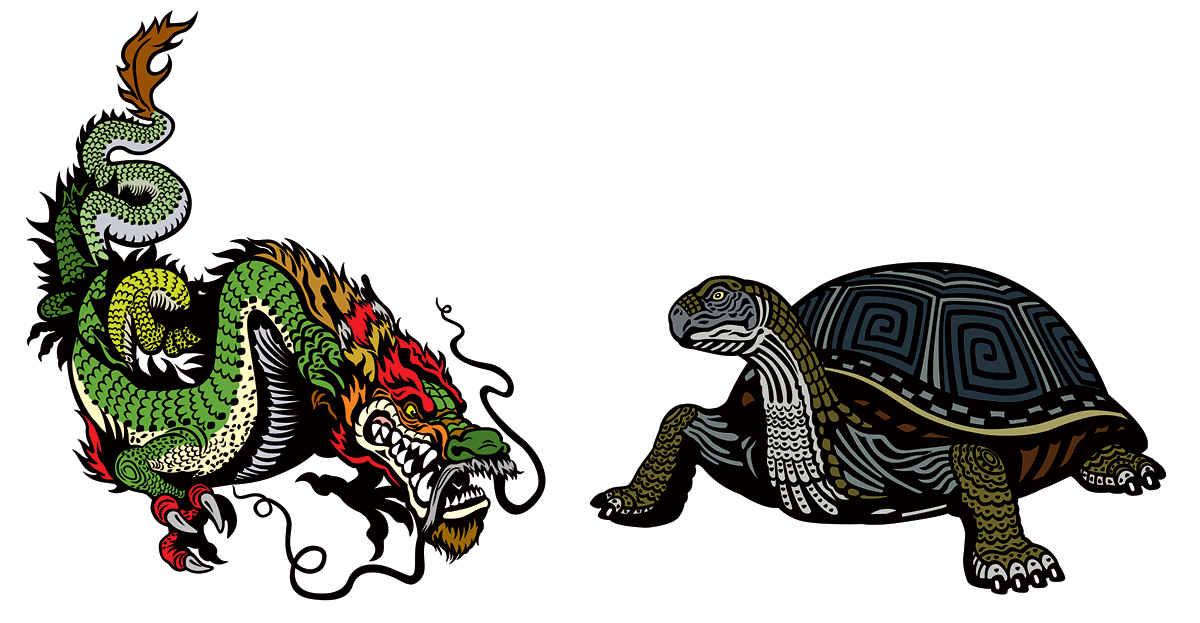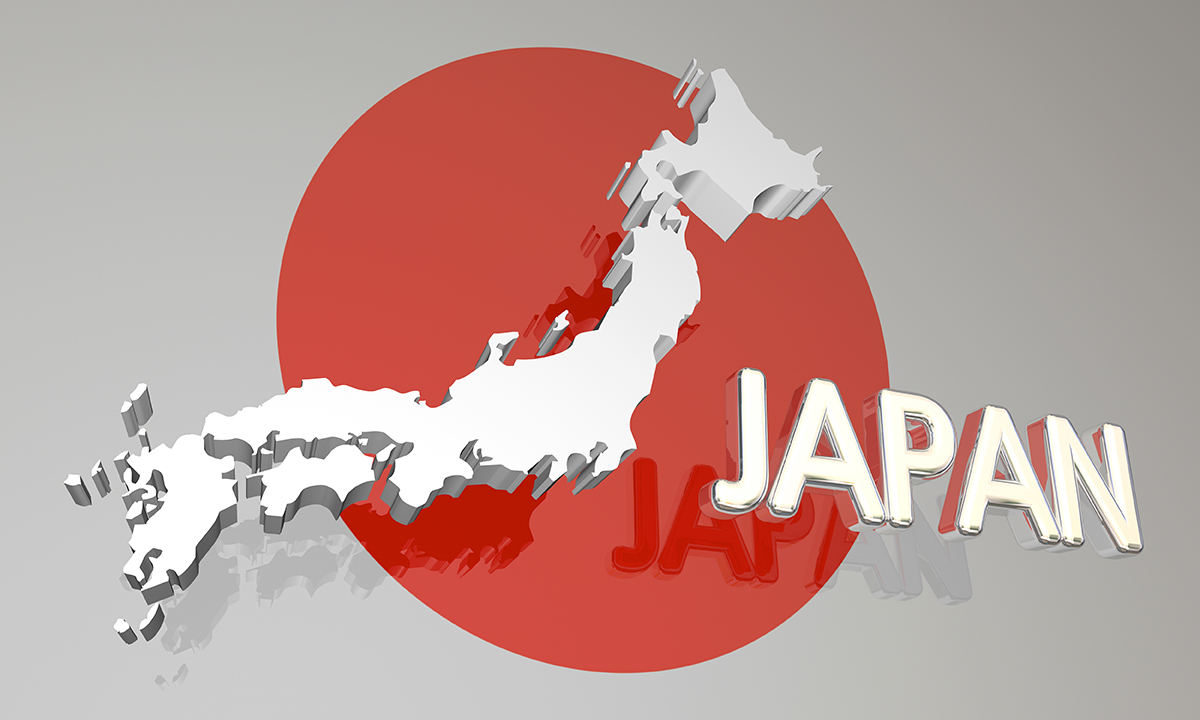
This article picks up where the 2017-12-19 article left off, and provides details about the third draft of the forthcoming Adobe-KR-9 character collection that was issued today.
The third draft of the Adobe-KR-9 character collection includes 22,863 glyphs (CIDs 0 through 22862) distributed among ten Supplements. When compared to the second draft, three glyphs were removed, 254 glyphs were added, and the distribution of glyphs among some of the Supplements was changed. Because it is a draft, the details are still subject to change, though I suspect that any changes will be minimal at this point.
Continue reading…











